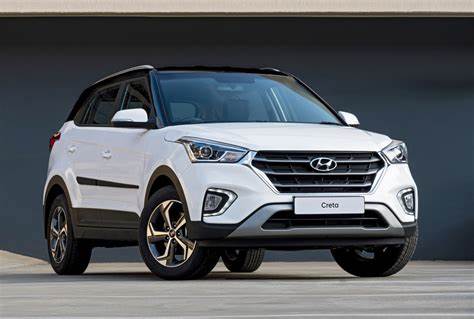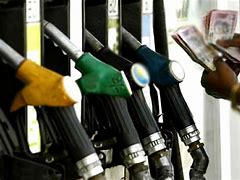Automobile
Autonomous trucks in platoons save fuel: Study
New York: Driverless cars can save fuel if they trail each other in large platoons, as they will experience less aerodynamic drag when they drive close together, researchers have found.But formation of a vehicle platoon could be time consuming.
The study by the researchers at Massachusetts Institute of Technology (MIT) that was recently presented at the International Workshop on the Algorithmic Foundations of Robotics suggested that relatively simple, straightforward schedules may be the optimal approach for saving fuel and minimising delays for autonomous vehicle fleets. The findings may also apply to conventional long-distance trucking and even ride-sharing services.
“Ride-sharing and truck platooning and even flocking birds and formation flight, are similar problems from a systems point of view,” said Sertac Karaman, Associate Professor at MIT.”People who study these systems only look at efficiency metrics like delay and throughput. We look at those same metrics, versus sustainability such as cost, energy, and environmental impact. This line of research might really turn transportation on its head,” Karaman added.
The research noted that for truck-driving — particularly over long distances — most of a truck’s fuel is spent on trying to overcome aerodynamic drag, that is, to push the truck through the surrounding air. “Time tables set to deploy platoons at regular intervals were more sustainable and efficient than those that deployed at more staggered times,” the study mentioned
“Scientists have previously calculated that if several trucks were to drive just a few metres apart, one behind the other, those in the middle should experience less drag, saving fuel by as much as 20 per cent, while the last truck should save 15 per cent — slightly less, due to air currents that drag behind,” the study found.As the number of vehicles are increased in the platoon, more energy can be collectively saved but it may cost in terms of time it takes to form a platoon.The study found that the simplest policies resulted in least delays in platoon formation while saving most fuel.
Automobile
Improved version of Hyundai Creta launched in Indian market: Check it out here

Hyundai India launched the much-awaited Creta Knight Edition in the country at a starting price of Rs 13.51 lakh (ex-showroom, all-India). This new variant is available in both petrol and diesel engine options and can be had either with a manual or an automatic transmission unit. To read more about the Creta Knight Edition, click here. In addition to this, the company has also introduced a model-year update for the Hyundai Creta with new feature additions.
The 2022 Hyundai Creta is now available in a new Denim Blue colour option and the Highline TPMS is now standard across all variants. The SX (O) trim now also gets a glossy black centre console. Furthermore, the company will offer the iMT option on the 1.5-litre petrol ‘S’ variant to further expand choices for the customers. The new S+ variant powered by a 1.4-litre T-GDi petrol engine with 7DCT now gets an additional set of features, such as –
– Smart panoramic sunroof
– 16-inch black alloy wheels
– Smartphone wireless charger
– Rear Disc Brakes
– Electronic Stability Control (ESC)
– Vehicle Stability Management (VSM)
– Hill start assist control (HAC)
– Paddle shifters
– Metal pedals
– Electric and auto-folding ORVMs
– Power window auto up/down
Mechanically, the SUV continues to be powered by the existing petrol and diesel engine options.
























